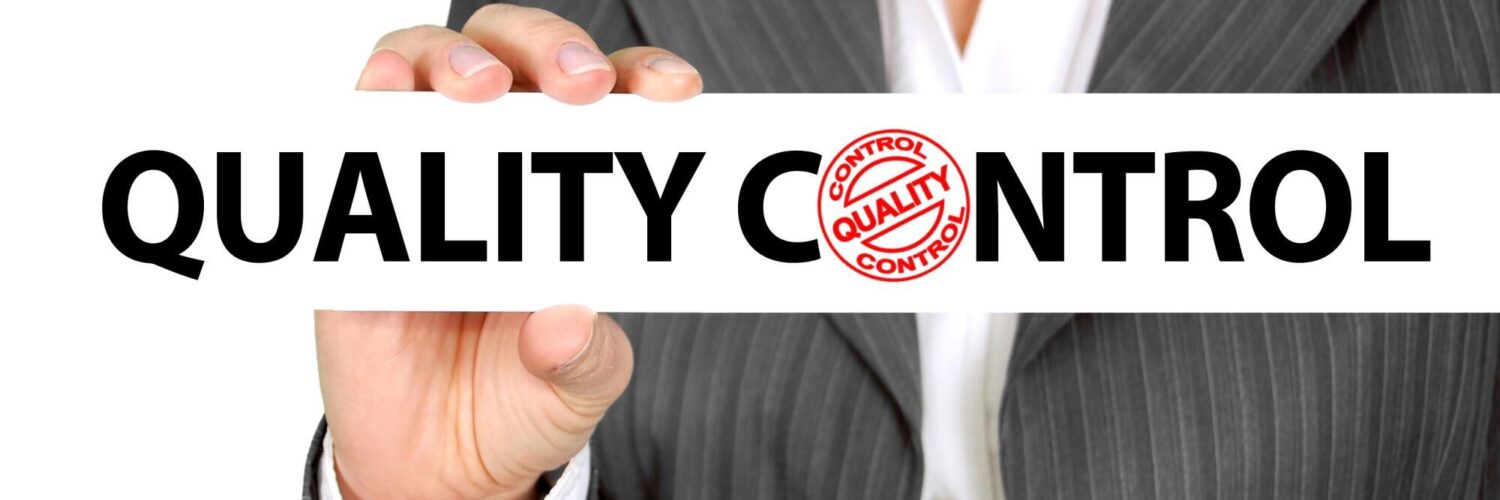Quality control is the fulcrum around which the success of a product hinges. A slipshod approach to quality control can cost your company money, customer trust, and brand reputation.
This exhaustive checklist will be your compendium for scaling your product’s standard. Ensuring it stands out as an epitome of precision and reliability.
Read on to learn more about the quality control checklist.
Pre-Production Phase: Laying the Foundation for Success
The journey to quality begins before the assembly line starts humming. This phase is characterized by meticulous planning and setting of the cornerstones.
This involves drafting uncompromising quality standards. These standards should be achievable and measurable. It is aligned with customer expectations and regulatory requirements.
For business owners, no product is an island. The materials and components that go into manufacturing are as crucial to quality control as the final product.
A rigorous supplier selection process focusing on quality management systems. This can prevent the ingress of substandard inputs and promote product quality assurance.
During the Production Phase: Vigilance and Precision
Quality is not a phase as production kicks off a perpetual state. Regular checks and balance systems must be in place to intercept defects.
Consistent quality demands consistency in oversight. Regular inspections and audits help to keep a finger on the pulse of the production process. Fagging issues before they escalate.
A product’s quality is gauged by its appearance and performance. Testing for functionality and performance should be at the end of the line and various junctures. This is to ensure a well-oiled product.
Post-Production Phase: The Final Gauntlet
The final checks and balances a product undergoes before it enters the market. This can make or break its reputation.
The penultimate quality control step involves an exhaustive inspection units to be dispatched. Ensuring that only products meeting the defined standards are sent out. The correct packaging ensures that the product reaches the customer in the state.
Quality Control Tools and Techniques: The Enablers of Perfection
The modern marketplace provides tools and techniques to fortify your quality control fortress. Here are some of the most potent.
SPC is the heartbeat check that tracks the vital signs of your production process. It provides a data-driven approach to understanding and improving performance. Detecting anomalies that may cause a downward shift in quality.
FMEA is a proactive tool that foresees potential risks in the production process. It enables preventive actions to avert quality failures.
It is a structured method of identifying ways a product might not live up to its promise. Developing strategies to mitigate those risks.
What is AQL? Acceptance Quality Limit is an essential statistical tool in the domain of quality control, pivotal for determining the process’s limit for defects. It defines the maximum number of defective items considered acceptable during a random sampling of an inspection lot.
Understanding the Quality Control Checklist
The pursuit of quality is not a destination but a journey. Continuous refinement and improvement of the quality control process are necessary. This is to stay ahead of the competition and fulfill changing consumer needs.
In the end, a quality control checklist is not a business imperative. It is a commitment to your customers. This is a pledge that your products will be of the highest standard.
Delivering value and cementing a trust that turns a customer into a brand advocate. This commitment will define your brand and differentiate you in the vast sea of offerings.
For more helpful tips, check out our site today!






Add comment